Should all early years settings have a minimalist environment?
Early years settings are often environments full of colour, resources, loud sounds and music but is this really the most effective way to expect children learn and play? Many settings take a continuous provision approach and have a multitude of resources available at the children’s level so children can explore the toys and objects which they are interested in, this is seen as a very effective way to engage children and ensure they are learning from their environment. However some believe that taking more of a minimalist approach could be even more effective. Some feel that early year’s settings can sometimes be overwhelming and prevent children from fully engaging in an activity for a length of time.
What is a minimalist environment?
A minimalist environment involves carefully chosen colour and a limited number of useful resources. Examples of these types of environment may be seen in communication friendly environments or Reggio settings. The resources that are in environment may be selected at the beginning of the day or may be open ended resources such as heuristic objects or loose parts. These types of resources can offer an equal amount of learning and promote EYFS goals as well as a plastic toy which has a specific purpose. Minimalist environments often have lots of light and wide open spaces for children to move and engage with the few resources that are available. As recommended by the EYFS development matters (2012) it may be beneficial to have more than one of certain resources to reduce feelings of frustrating as younger children learn how to share and play together, however this does not mean that it is necessary to have a room over flowing with resources.
What are the benefits for early years settings?
· Calming atmosphere – As there is less clutter and less mess created from the emptying of all the resources in the room onto the floor the atmosphere can be calmer
· Communication friendly – Children are able to develop communication and language skills without the distraction of a room full of resources and bright colours
· Engagement – Children are able to engage on a deeper level as they have fewer distractions around them.
· Choice – Children still have the choice as to which resources they would like to explore and the express their interests there are just fewer resources.
· All 7 areas – All 7 areas of the EYFS can still be supported through a minimalist environment through carefully selected resources that children can explore, create and critically think with and actively learn from
· Less wasted time – As there are fewer resources for the children to get out there is less time wasted tidying up between activities and sessions. This means more time spent playing and learning.
· Less stress – This approach has benefits for early years practitioners as well as the children. Practitioners feel less stressed and anxious about the environment. There is little need to keep sorting bags and boxes, less mess to tidy with the children, a clearer environment for adult lead activities, higher engagement from the children and less frustration at the resources being emptied and not played with.
· Improved behaviour – Often behaviour is improved as the children feel less overwhelmed and anxious and more settled with fewer resources and a clearer learning environment.
This may seem like a drastic approach however there are many benefits for everyone who uses the setting. The children can gain equally as much from a minimalist approach and some settings are already using this ethos.
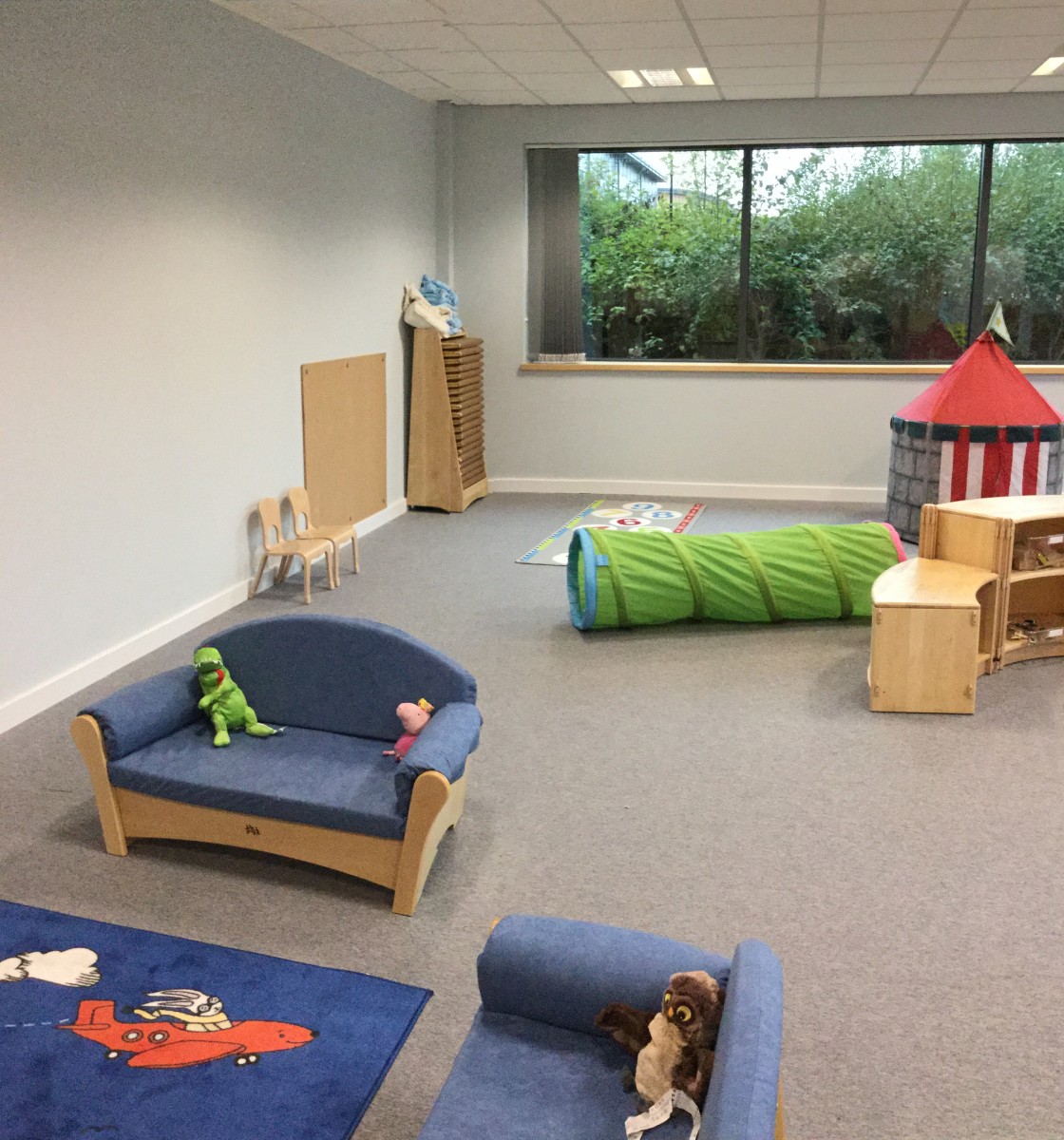
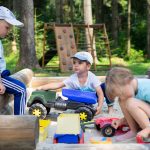
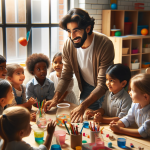
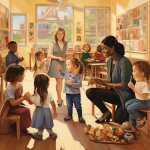
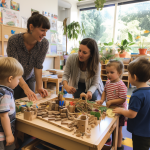
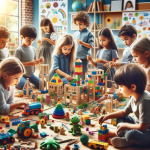


A more inclusive approach as children on the spectrum often shut down because of sensory overload in a very busy environment !